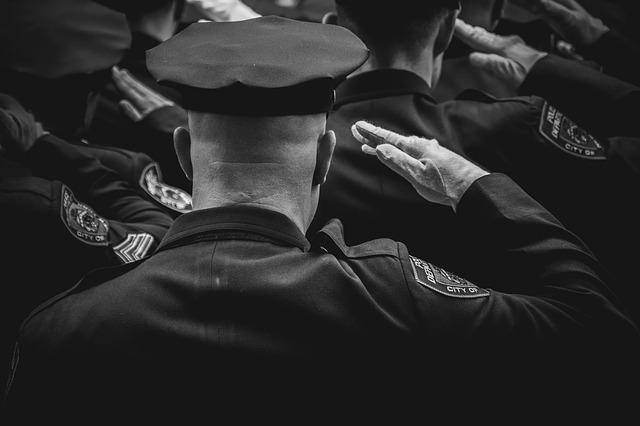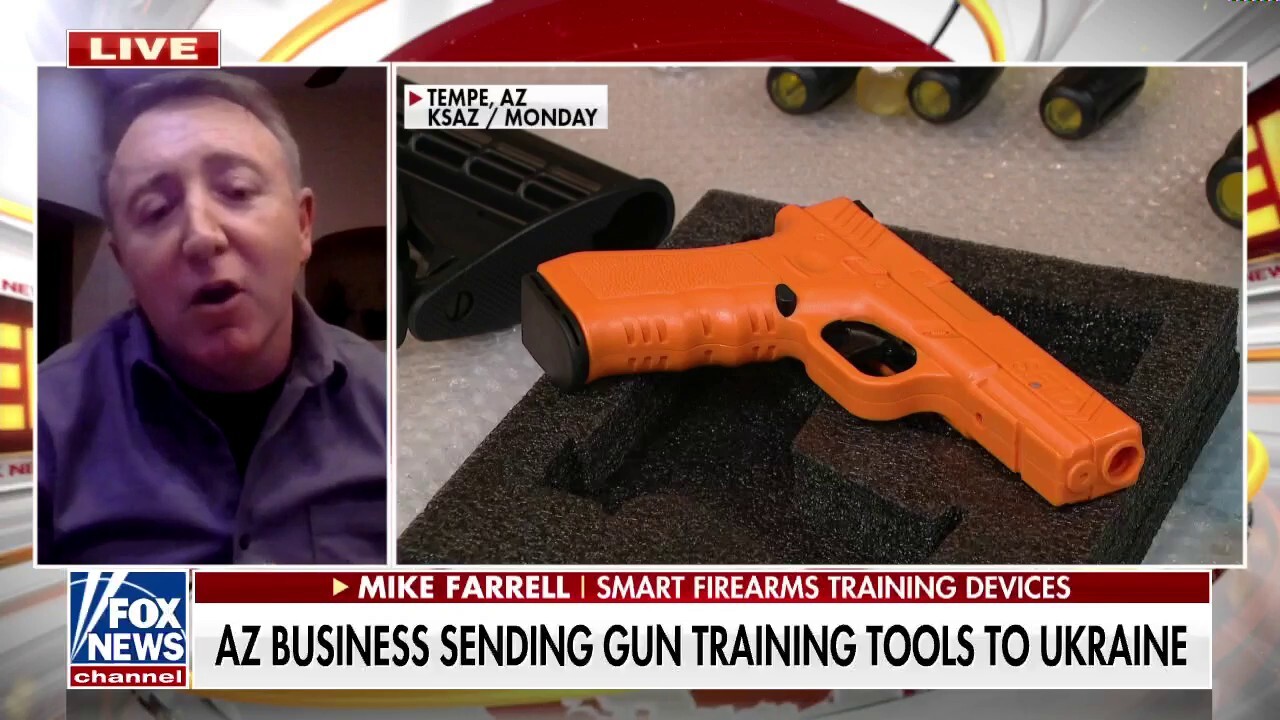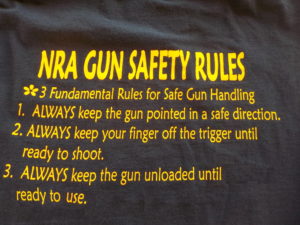
Handgun defense training can be of several types, and there are several different types of handgun classes. There are many types of handgun classes, ranging from the Bullets & Bandages I course to the Fundamentals of Tactical Handgun II course. There are also Advanced Tactics and Target ID training. A great handgun defense training course will equip you with all the necessary tools to protect your self. Listed below are the types of handgun classes.
Bullets & Bandages I
Bullets & Bandages at SIG Sauer Academy combines the worlds of emergency medicine and shooting into one class. Although this class does have the same logo as Dark Angel Medical's Tactical Medicine course, it is different in that it adds a live-fire element to the training. Bullets & Bandages a three-day course will teach participants how they can administer first aid while under fire in a real world situation.
In "Bullets & Bandages" the student will learn different kinds of gunshot wounds. He will also be shown photos of the exit and entry wounds. He will also be shown photos of blast injuries, stab wounds and fractures. He will also be discussing the effects of the bullets on the lungs.

Tactical Handgun II: The Fundamentals
Fundamentals of handgun shooting is the first step to becoming a certified firearms instructor. Fundamentals of Tactical Handgun is the first course. It teaches fundamentals of concealment and shooting through a hands-on approach using simulated ammunition. This course includes power point instruction, target practice, and video clips to reinforce basic shooting skills. You can then enroll in Tactical Mindset after you have completed the Fundamentals course.
Tactical Pistol Fundamentals teaches fundamentals of firearm safety. It emphasizes shooting skills and practical applications for self-defense, and incorporates other schools of thought. It also teaches students how to manipulate weapons in a confined space. The course will also help students become confident with their weapons and how to maintain them in the case of a violent encounter.
Class of ID targeted
The Target ID class teaches students how best to defend themselves in a self-defense situation. This class focuses on proper target identification, situational awareness, and threat quantification. This course is ideal for beginner shooters. It helps them feel confident and ready to respond in an emergency. There are however some prerequisites. You must be physically fit, have a handgun and a duty belt in order to enroll in the class. Additionally, you will need to bring your gun, five magazines, 50 ammunition rounds, and a practicing tourniquet.
This course will teach you how to operate the weapon system, correct zeroing and sighting as well as manipulation of the weapon and shooting from different positions. The instructor will also show you how to shoot through glass or at angles of less than 1 meter. You will also learn to use a flashlight safely and how to stay away from danger. You will be able use your handgun confidently in many situations, and you'll have a complete understanding of how to use it defensively.

Advanced Tactics class
Anthony M. Barrera M.D. and John S. Farnam taught the Advanced handgun defensive training course. It is a comprehensive overview on several less-lethal weapons. Instructors will cover physical defense techniques and verbal commands as well as platforms. Students will learn to use multiple defense instruments, including the gun. Students will have many opportunities to practice the skills they learn.
HITS #1 focuses on stress-movement handgun drills. They will be tested to see if they are able to maintain the gun, do a quick repair and use appropriate cover. Students will learn how to safely use their hands to draw concealed guns from a duty belt. Participants should be in good physical condition, have their duty belt and holster in order to participate in the course. Students are allowed to bring an AR rifle or handgun to the class.
FAQ
How much does hunting cost?
Hunting trips can be expensive depending on where you live, what type of wildlife is being targeted, and how big the animal that you are hunting.
Generally speaking, the average price for a two-person hunting party ranges between $500-$1,000 per person. This includes accommodation, food, gas, equipment, licenses, etc.
Some areas are more expensive than others. You will pay more if you hunt during peak season like fall turkey season.
What training is necessary to become a hunter How long does it take?
An introduction course is necessary to learn how hunting works. This course will teach you about hunting and give you information about the laws.
You will be taught how to safely handle ammunition and firearms. These items will be safely used.
This course can be completed in two weeks or three months. Some courses are offered online. Some courses can be accessed online.
You must pass a written exam to be eligible for a license. You might also need proof that you have completed a hunter's education course.
How much does it cost for me to become licensed? What if I don’t make enough money?
Costs for getting licensed vary depending on which state you are in. It costs anywhere from $20 up to more than $100.
If you do not have enough money, you may be able to apply for a loan or grant.
To pay the tag fee, you must also pay the fee. The price of tags varies depending on the game you are hunting.
You can purchase tags for bears, elks, mooses, waterfowl, birds of the highlands, and furbearers (such foxes)
Some states require that you register with the Department of Natural Resources in order to obtain a license.
Before you go out hunting, make sure you check all local regulations.
What should I know about hunting?
To hunt successfully, it is important to know how the animal moves, how its habits are and how to avoid getting hurt.
It is essential to be familiar with the hunting laws in your state. Some states allow hunting in certain ways, while others prohibit it altogether.
Other factors include weather conditions, terrain, and the type of weapon you use.
It is important to decide whether you want to hunt solo or with others when you start this hobby.
Most hunters prefer hunting with others. Because this helps you stay focused on your goal. It is possible to miss your shot if all you do is stand by.
Hunting also requires a lot of preparation. You will need to plan so you can find an appropriate place to hunt.
You'll also need to prepare your firearms. Before you leave, clean and inspect your guns to make sure they are in good condition.
Hunting requires you to wear proper clothing. Be prepared for weather changes and terrain.
You should always have enough water and food. In case of an emergency, make sure you have enough food and water.
You should never leave anything behind. It could get lost or damaged.
When you are ready to start hunting, you should choose a safe location that has no predators nearby.
Follow the guidelines set forth by the government. These regulations protect both wildlife and humans.
Can I bring my dog with me?
In most states, hunting dogs with humans is prohibited. However, there are laws in some states that allow for this practice. To find out if it is permitted in your state, check with the department of natural resources.
Some hunters also bring their pets along. Some people believe that having their pet with them helps them relax while hunting. Others believe that a companion helps them avoid getting lost.
The problem with bringing a pet is that it can cause some problems. Dogs will chase away animals from their hunter. Wild animals can also attack pets.
Which state has more deer hunters than the other?
Wyoming is the state with the highest number of deer hunters. It also has the highest number of hunting licenses sold annually.
The state with the second-most deer hunters is South Dakota. It is third in terms of the number sold annually of hunting licenses.
New Hampshire is the state with the lowest number of deer hunters. It ranks last among states for the number of hunting license sales per capita.
How many Americans are dependent on hunting?
More than 300 million hunters live in the United States. This is nearly twice the number of hunters than New York City residents.
Hunting is a American pastime which dates back to centuries. Today, however, hunting for sport is less popular than ever. According to the U.S. Only 2 percent of Americans hunt regularly, according to Fish & Wildlife Service (FWS). The percentage of young adults hunting is even lower.
Hunting may seem outdated, but it is still very popular with older generations. A recent survey found that 68 percent of baby boomers plan to hunt again when they retire. Hunting is for them a way to enjoy the outdoors and connect with nature.
Younger generations may not consider hunting a priority. According to the National Shooting Sports Foundation (NSSF), only 18% consider themselves to be avid shooters.
That's why FWS is working hard to make sure that America's wild places remain open for everyone to experience.
In 2014, the agency launched its "Wild Lands" campaign to raise awareness about public lands across the country. Its goal is to raise awareness about the importance these areas have and to encourage people to go to them.
The Wild Lands program also encourages conservation efforts. FWS and National Rifle Association formed a partnership to create Project Gunter, a youth-oriented shooting sports program. This program teaches children safety with firearms and helps develop skills like marksmanship, safety, and shooting.
Project Gunter now includes women and minorities. The result is that more children learn how to shoot guns, and are active participants in wildlife conservation.
Statistics
- Less than 1% of Hawaii's population has a hunting license. (stacker.com)
- According to the Wildlife Restoration Act, passed in 1937, most of the state conservation efforts are funded through hunting and fishing license sales and firearms sales. (stacker.com)
- In less than 20 years, Rhode Island saw a 40% drop in the number of hunting licenses for residents, according to The Valley Breeze. (stacker.com)
- Thanks to the 1937 Pittman-Robertson Act, an 11% excise tax was placed on the sale of firearms, which were then used for conservation. (stacker.com)
External Links
How To
How to hunt deer
Hunting deer is a popular activity in North America. Hunting deer can be very thrilling. It takes patience, skill, knowledge, practice, and perseverance. Hunting is a skill that requires the hunter to learn how to properly use his hunting equipment and make smart decisions. To be a successful hunter, you must first understand the habitats and environment of the animals. Deer hunters should know where they can find the best places to hunt. They should be able to identify the type of food that they are looking for and the best time to eat it. Hunters must know how much meat is safe to consume.
Hunting deer is hard work because you must manage many factors. If you do not have your own land, then you will need permission from the owners. Renting a gun is an option if you don't have the money to purchase one. A gun is $10 per day, plus tax, when you rent it. After renting a gun, you must register it at your local police station. The registration process takes only five minutes and costs $5. It is important to keep your guns clean. Cleaning your guns means cleaning the barrel and bolt, trigger guard, safety stock, trigger guard, trigger guard, trigger guard, safety, security, stock, as well as the hand grip. Oiling the gun is putting some oil in all parts. This prevents rust buildup and helps keep the gun in good condition.
When you are ready to shoot, you must first find a place to set up camp. Camping is not allowed near houses or roads. You cannot leave any trash behind. It is important to bring everything you need for camping. You should also bring extra water, food, and other essentials. To see your flashlight at night, you should also have water and food. Always keep a map with you to show where you are and where your destination is. You should wear appropriate clothing for the weather. You should wear boots and gloves. A compass and knife are essential. You should also carry a cellphone.
Before you begin shooting, ensure that you check the ammunition. You should ensure that all your bullets fit into the magazine. It is best to not fire more than three shots at a time. You should be able reload quickly. Careful planning is essential. Aim low on small games like rabbits and squirrels. Focus on large games, such as deer. Remain calm and steady. Nervousness can cause you to miss your target. You should hold your breath and squeeze the trigger slowly. Wait until the animal stops running before shooting again.
These are some tips that will ensure you do not kill an animal. Watch closely for signs that the animal is injured. You must immediately stop shooting if the animal is injured. The animal's heart and lungs should be your target. Shooting from the shoulder is best. It is dangerous for you to shoot from the hip. You could accidentally hit someone else. It is best not to shoot at any moving object. Before you fire a shot, always check around. Your gun should not be pointed directly at another person. You shouldn't shoot any animal unless you know it is dead. You should never shoot a pregnant female. It is not a good idea to drive a car while you are shooting.
You should read books on hunting if you want to be a better hunter. There are many books that can be found online on hunting. These books are great for learning how to track and use different types weapons. Many hunters report that they feel less lonely when reading books.